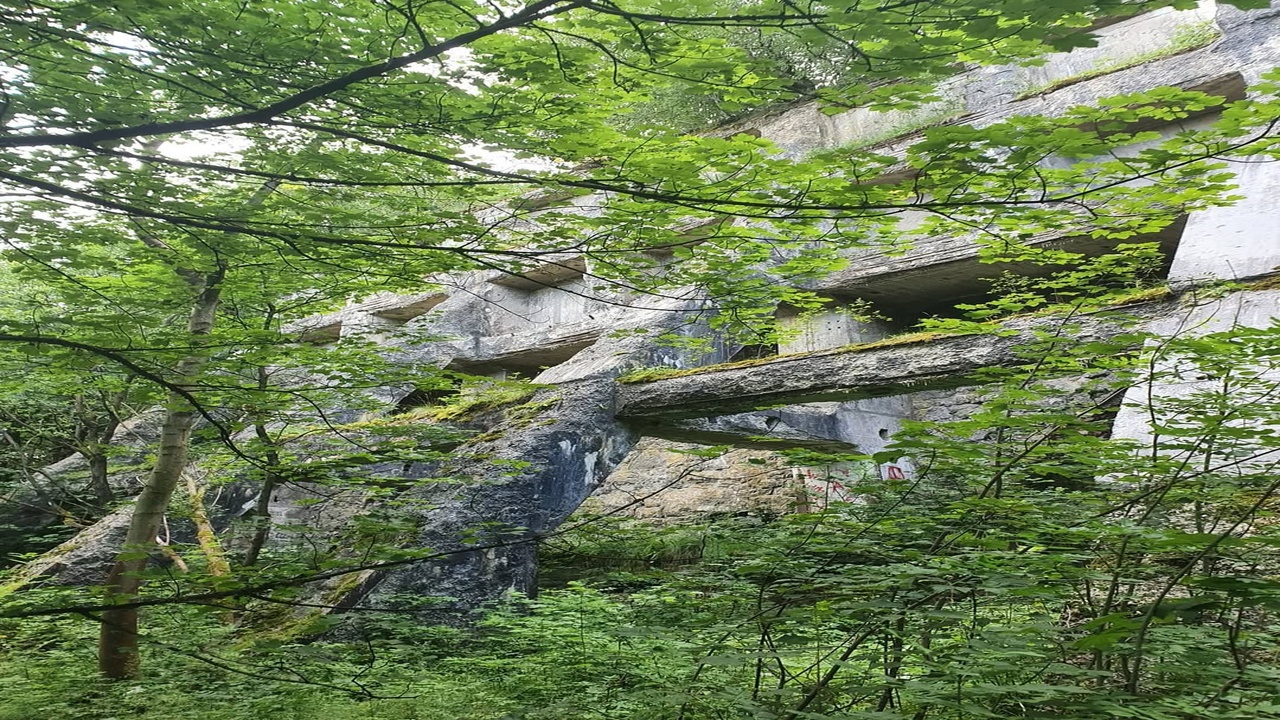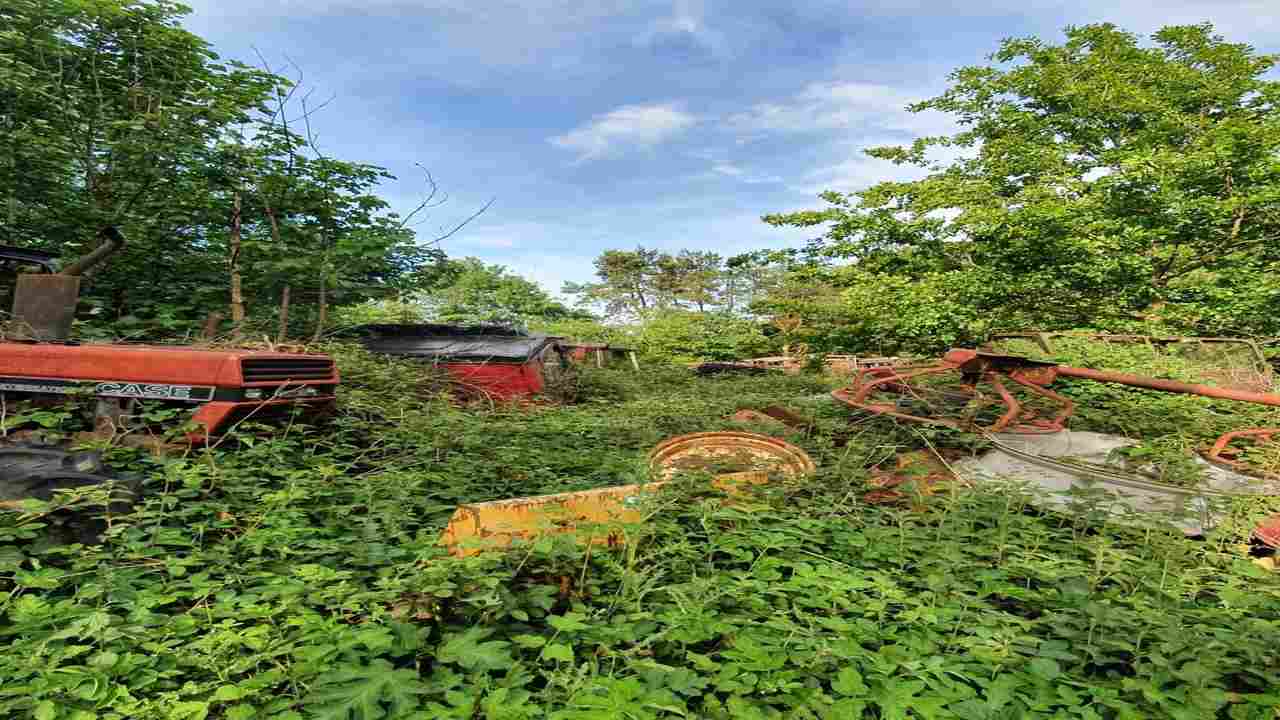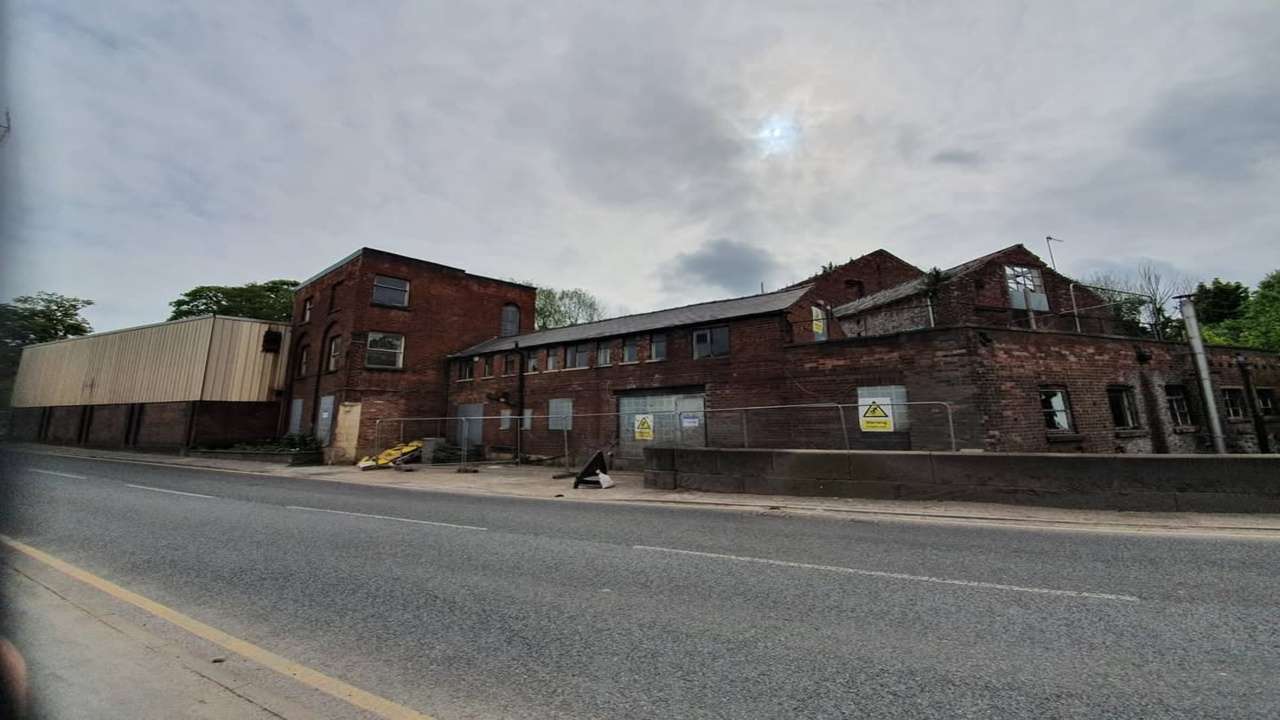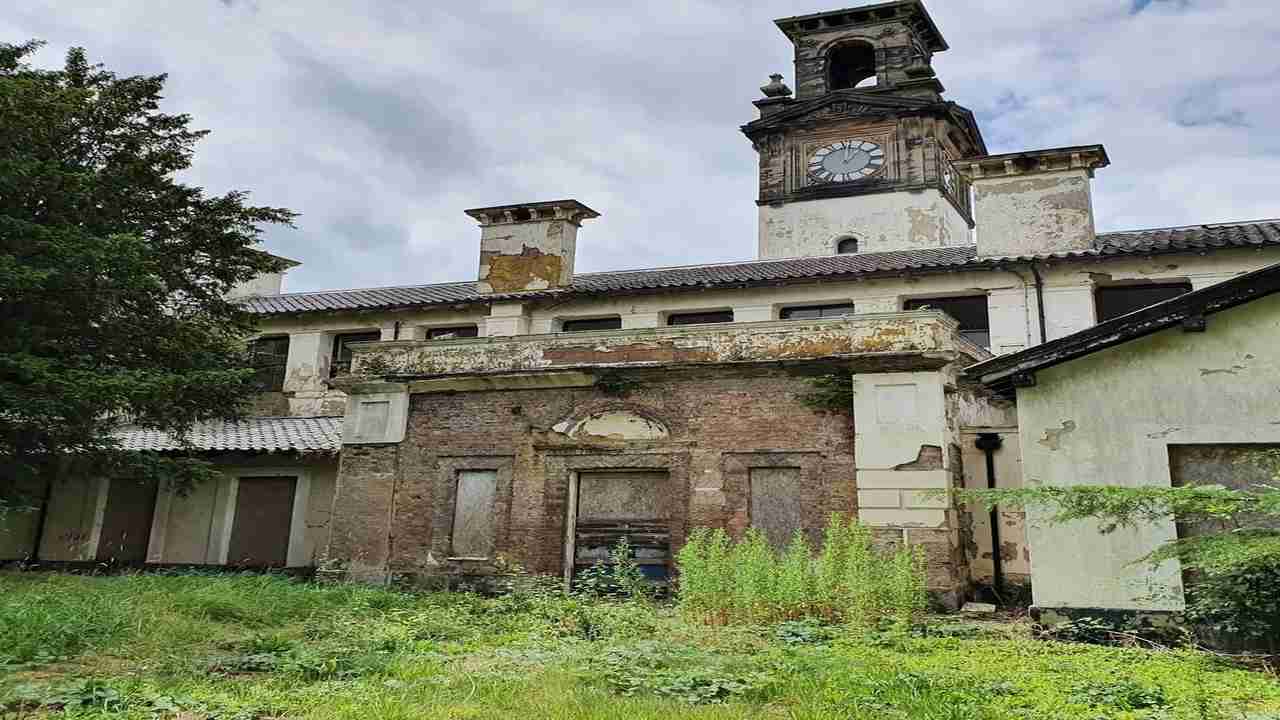As with many counties in England, Derbyshire is known for its limestone quarries which have existed since Roman times. There was ease of access to limestone in the region, which would serve to produce lime for agriculture in addition to industrial and construction activities. Traditional methods, including burning lime in small-scale kilns, were employed to fulfill the low demand for lime works in Derbyshire. However, this changed during the Industrial Revolution as large scale lime works were introduced throughout the county. These industrial-sized lime works were of immense importance to the economic and infrastructural development of Derbyshire, giving livelihood to numerous locals and expanding the economy of the entire region.
Derbyshire continued to produce lime at an increasing rate until the later decades of the 20th century, operating numerous lime works throughout the county. These facilities were also strategically situated near limestone quarries to maximize productivity and access raw materials. Additionally, lime works formed entire complexes which consisted of storage rooms, crushers, tramways, and railways.
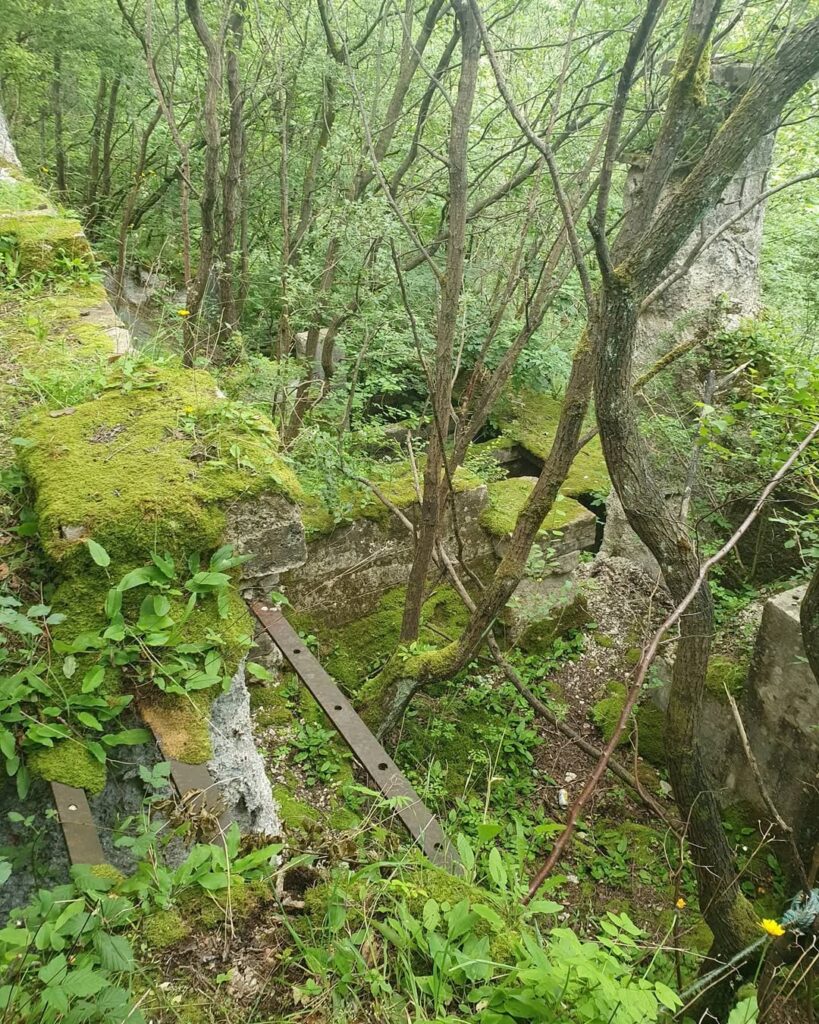
The Influence of Lime Works on the Local Economy and Environment
The lime works of Derbyshire contributed greatly to the local industry and environment. The lime production led to the creation of many new jobs including positions for quarrymen, kiln operators, and transport personnel. This led to a boom in the economies of several towns and villages which relied on these industries. Lime production also fostered considerable industrial development in Derbyshire. This was due to the increased demand lime was serving such as in agriculture, construction, and manufacturing.
There many uses for lime in Derbyshire such as soil improving additives for farming, fluxs in iron and steel works, and construction materials.The growth of the lime sector caused issues for the environment as well. The quarrying of limestone, as well as the processing of lime in the lime works, led to considerable environmental harm such as the destruction of forests, soil erosion, deforestation, and pollution of air and water. In addition, the construction of tramways and railways used for transporting limestone and lime products has modified the environment.
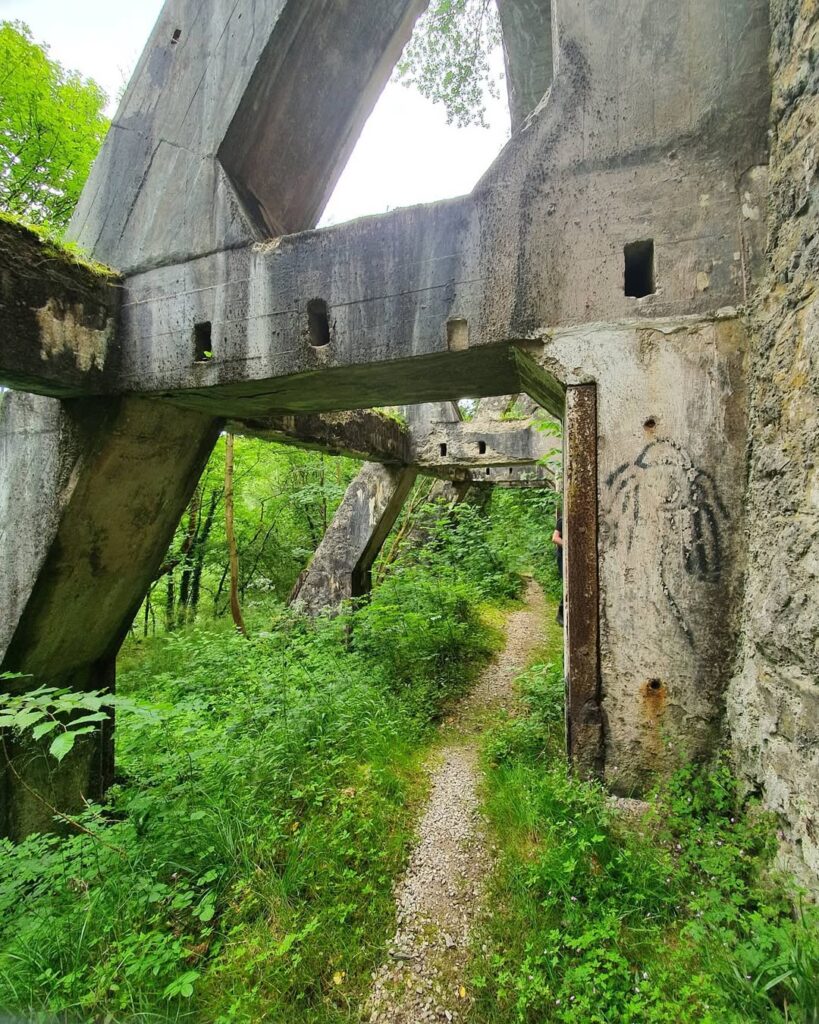
The Abandoned Lime Works of Derbyshire: Some Architecture and Engineering Considerations
The lime works abandoned in Derbyshire provide a marvelous example of the architecture and engineering art left behind by former industrial plant civilizations. Limestone had always been an important resource in the region, so the industrial facility builders put much thought on its economic processing through a series of different stages. Subsequently, many of the lime works included vertically aligned kilns that allowed for uninterrupted production to enhance efficiency, eliminating the need for frequent reloading. The horizontal arrangement of brick and limestone buildings was also meant to expedite the flow of finished products and raw materials.
The history of the lime works in Derbyshire show a great example of the industrial architecture features of the nineteenth and early twentieth century focused on functional aesthetics. Abandoned brick and limestone structures, which constituted the majority of the works, displayed such architectural characteristics. Archaic rectangular kilns composed of clusters or rows of several large round tanks were perhaps the most important part of the limeworks. Since limestone calcinations subjects the material to very high temperatures, these structures were constructed using heatproof materials like fire bricks and refractory mortars.
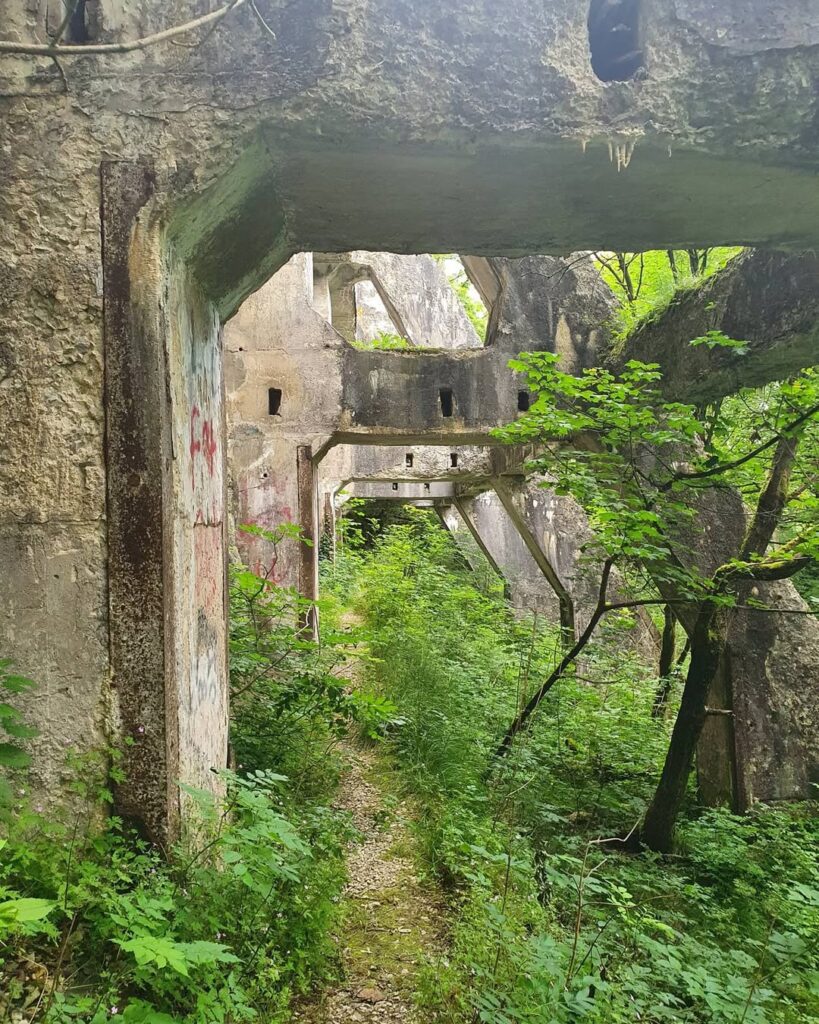
The social effects of lime works abandonment in Derbyshire
Technological advancements, evolving market requirements, and stringent environmental regulations all have played a part in the decline and neglect lime works in Derbyshire. Outdated lime works could not compete with more modern facilities competive lime production technologies. Market shifts and the construction industry’s growing reliance on cement as opposed to lime contributed to declining demand for limestone. In the late 1970’s due to a lack of adequate demand, many small scale operations shut down.
Over the course of the last three decades greater lime work concealment restrictions have targeted historical lime sites, resulting in the ceasing of production due to excessive expenses to upgrade their facilities. Some works replete of attempts to modernize chose to leave remnants of the old system untouched and shut down entirely. A lack of adequate funding leads to the widespread collapse and concealment of lime works.
The socio economic collapse in areas around lime works is occurring far too rapidly for anything to stem the rising tide.
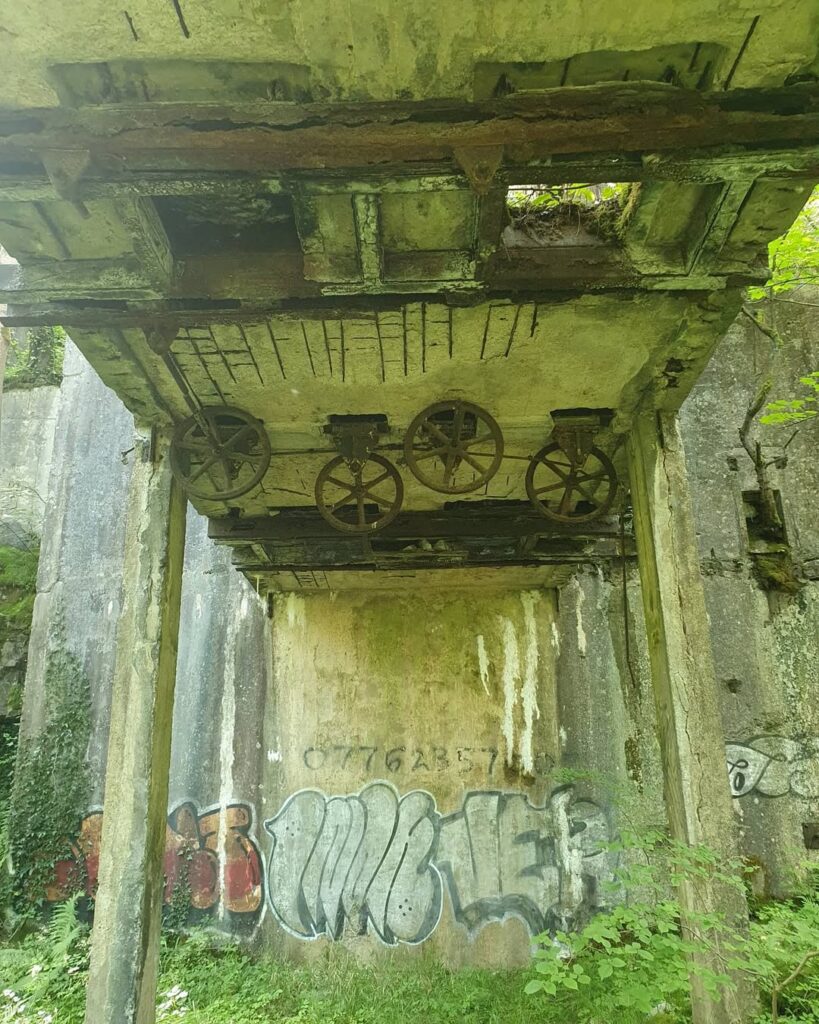
Actions Taken to Preserve and Restore the Abandoned Lime Works in Derbyshire
Recently, certain abandoned lime works in Derbyshire have captured the interest of conservationists as they seek to protect the region’s industrial heritage. Numerous organizations such as historical societies, conservation groups, and government agencies have initiated projects aimed at safeguarding these works and enhancing their cultural value while stopping further deterioration.
An approach taken to abandon lime works is through preservation efforts that focus on providing structural fortification and damage control as well as halting further degradation. This includes determining the overall condition of the site and taking measures to shield it from the elements as well as developing plans for care that will keep it preserved for posterity.
Another approach to the preservation of abandoned lime works is through the adaptive reuse strategy which seeks to change some elements of the works while maintaining their historical aesthetic and preserving them for modern uses. This line of thought encompasses the quest for new sustainable concepts that can revitalize and breathe life into the industrial relics while honoring their historical value.
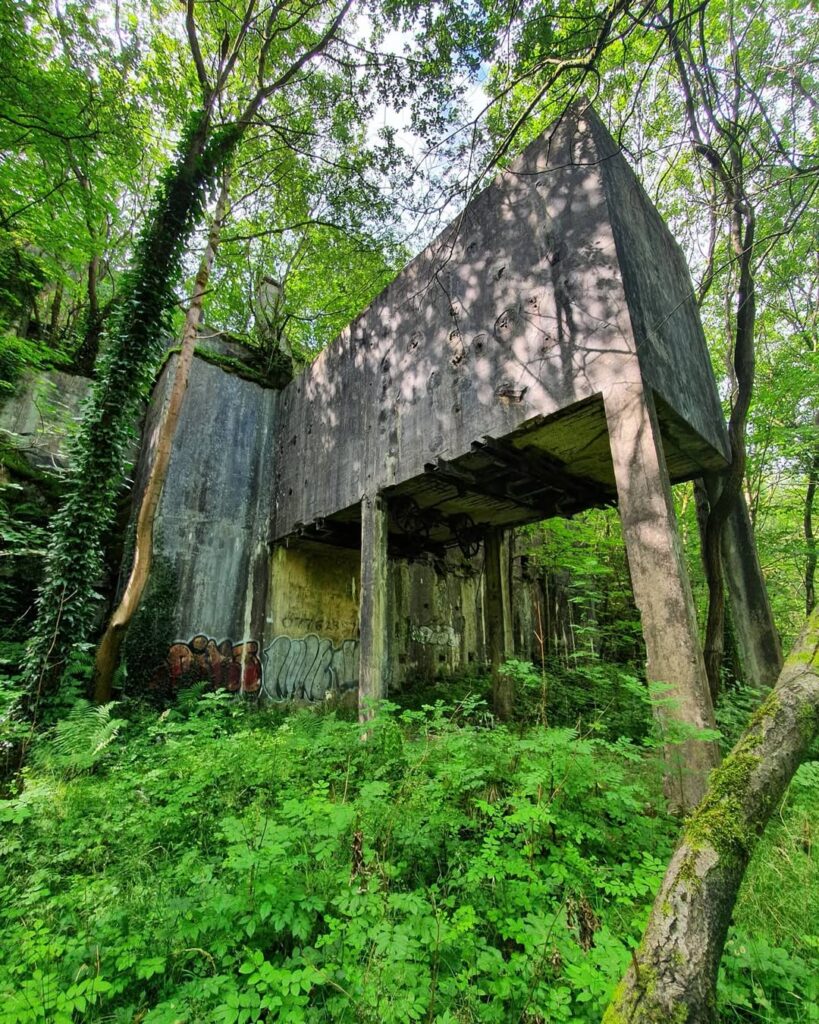
Exploring Abandoned Lime Works: Tours and Visitor Information
If you are keen on discovering the abandoned lime works in Derbyshire, there are numerous avenues to engage with the sites and gather information related to the industrial history. Several of these abandoned lime works have been turned into sites for guided and self-guided tours which give an overview of their historical relevance, construction, and cultural value.
To summarize, the remains of the lime works hold a unique charm for tourists which along with their architecture and cultural significance adds to the historical story of Derbyshire. Preserving them not only sustains their cultural legacy but also creates avenues to learn, explore, and value Derbyshire’s industry. Through guided and self-guided tours, visitors can learn about and appreciate the rich history of limestone industries and Derbys ire’s industrial heritage while reflecting on the life of the laborers which served at these sites.
